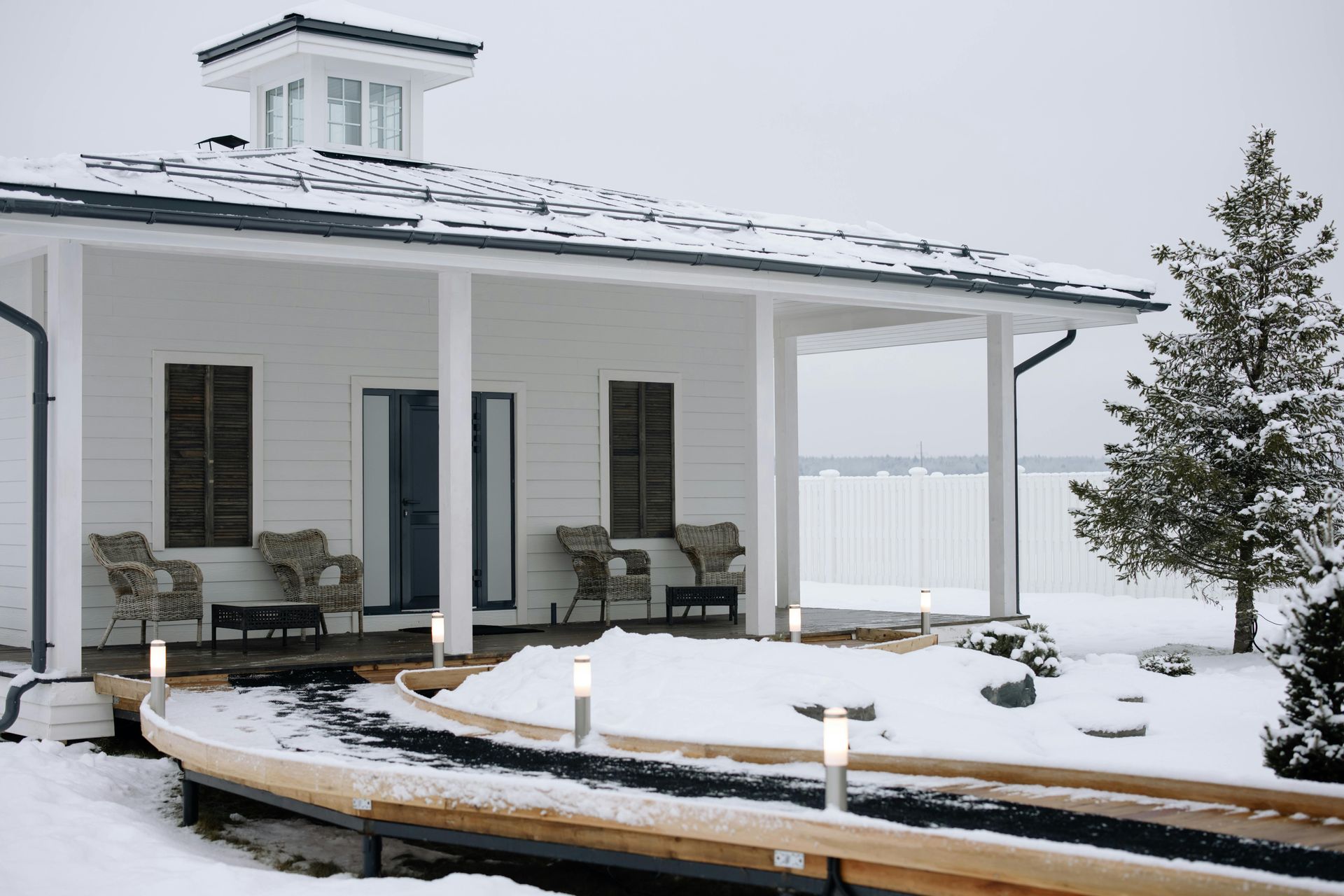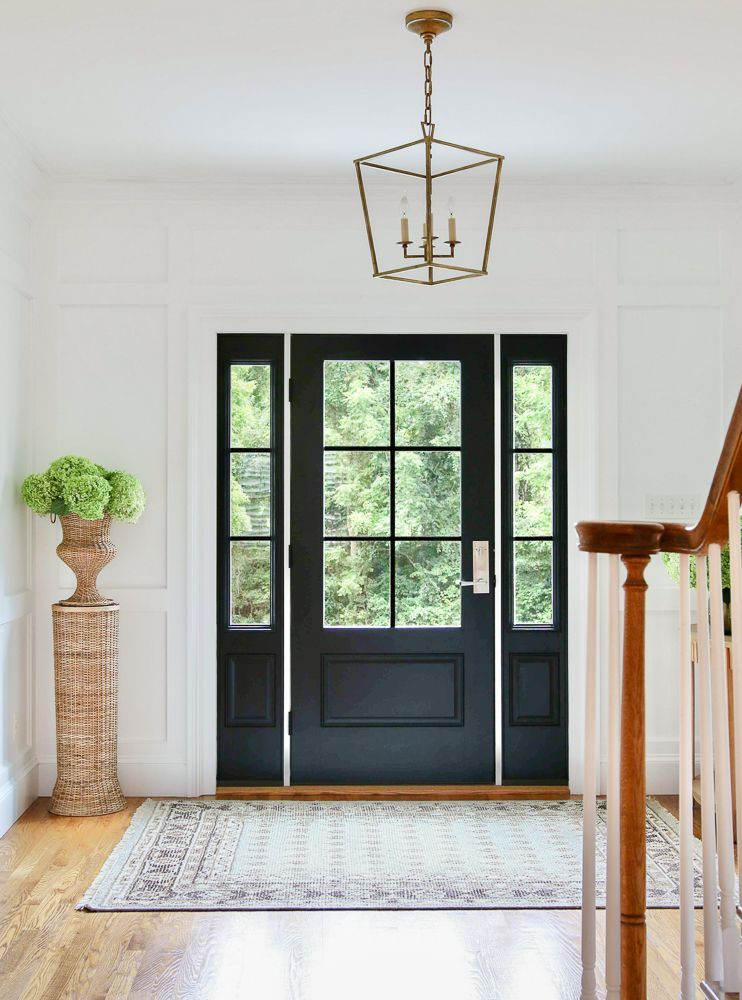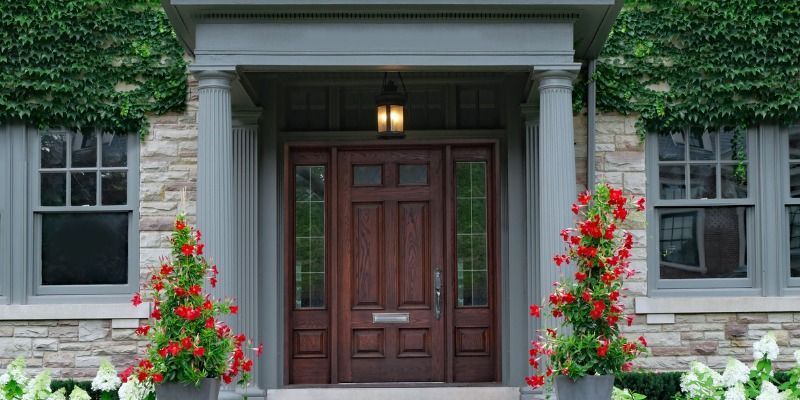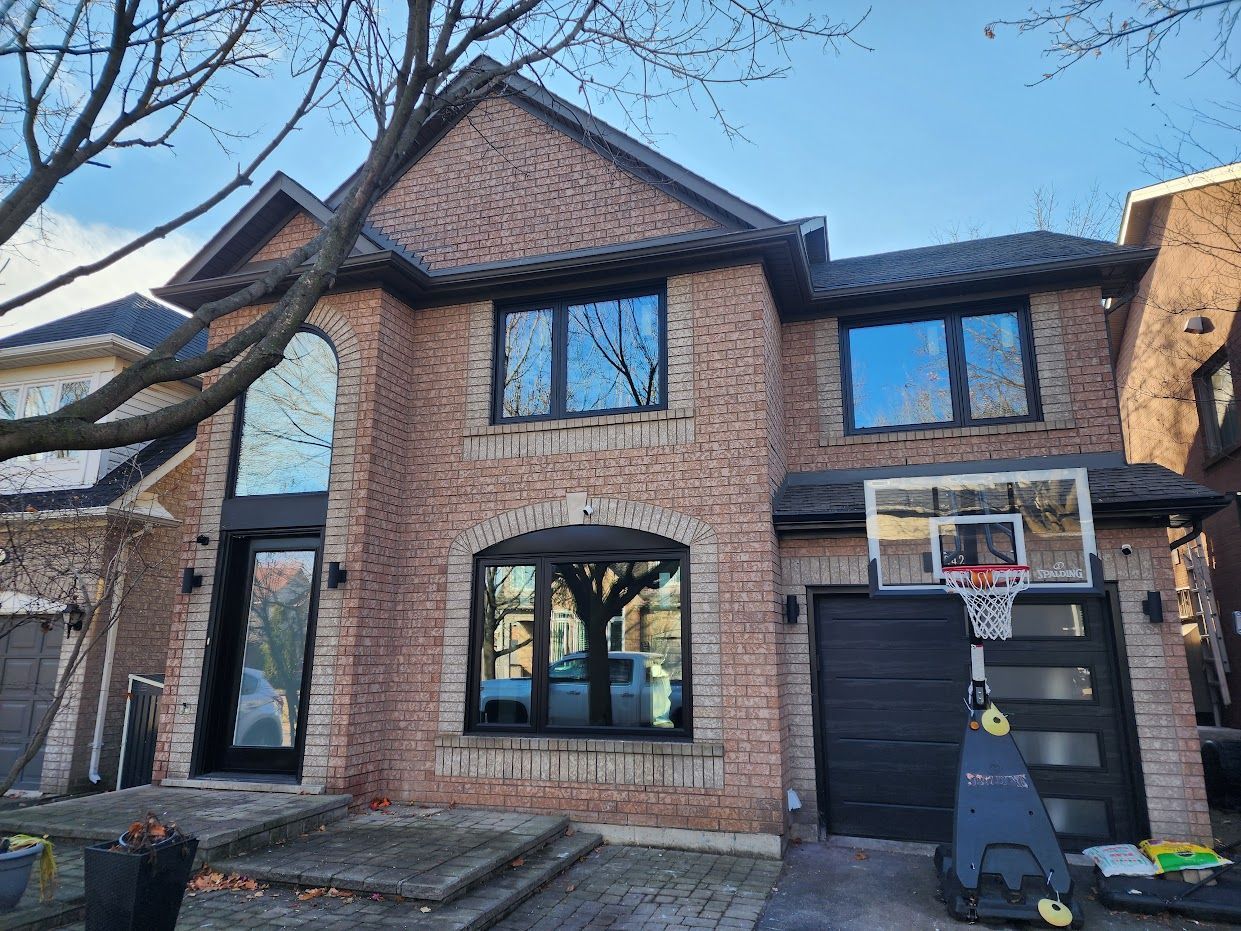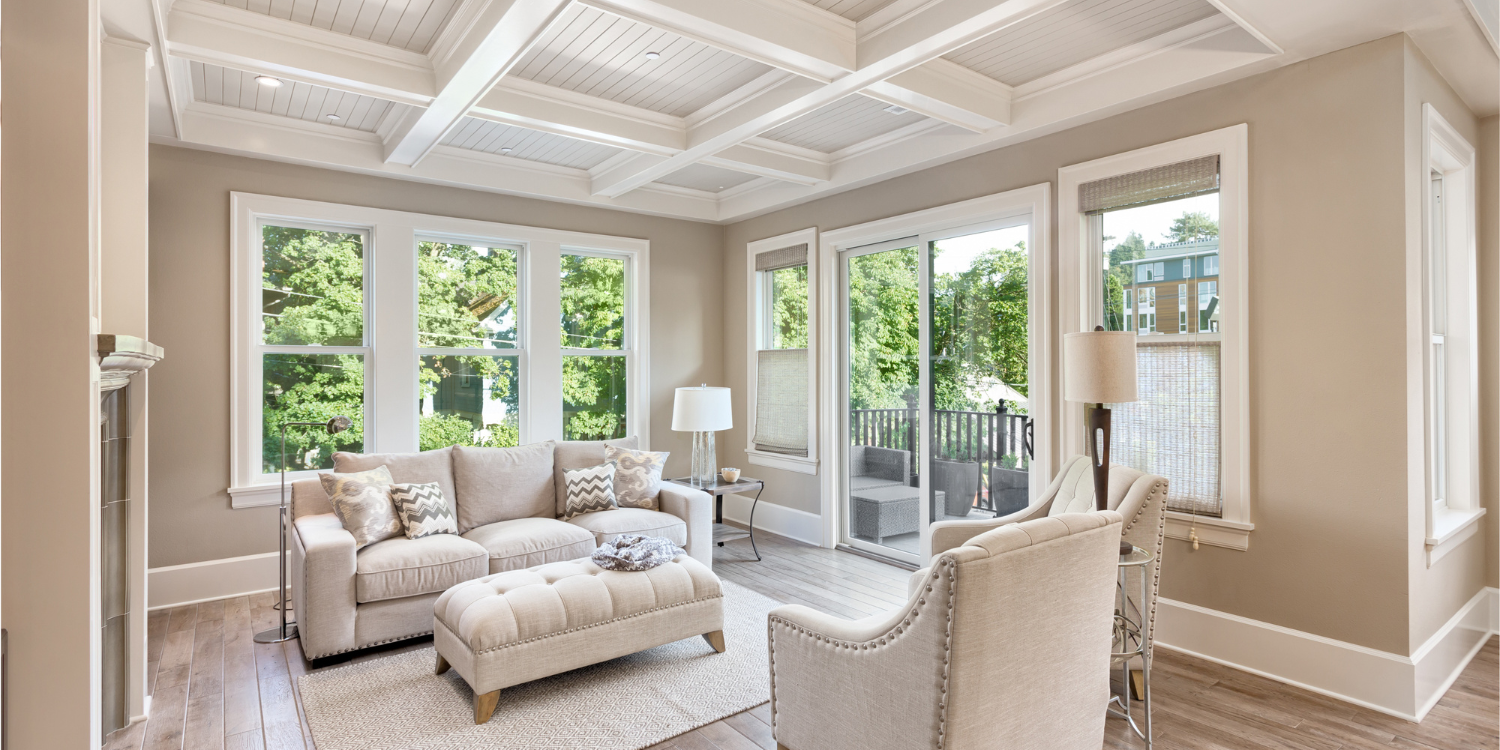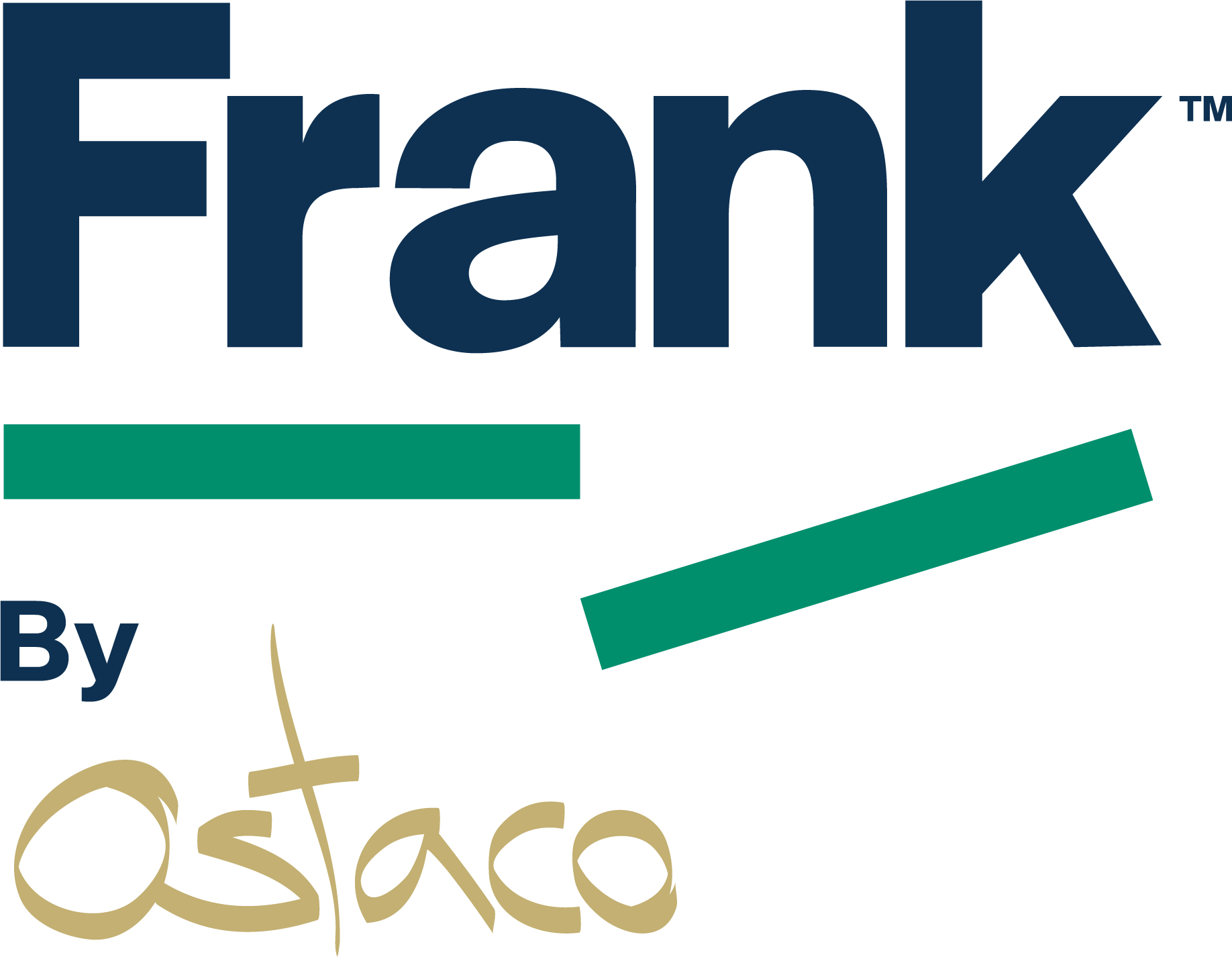How Window Frames Can Improve Energy Efficiency
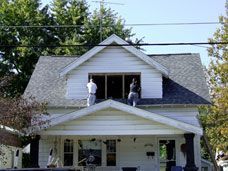 We all know that the type of glass used in windows, along with whether it is single, double or triple paned, has a lot to do with energy efficiency, but few of us think about window frames. In reality, the choice of material and the way the frame is constructed can be just as big a factor in efficiency as the glass that is used. A triple pane window is not worth the extra cost if the frame allows air to travel freely in and out of the poorly sealed home.
We all know that the type of glass used in windows, along with whether it is single, double or triple paned, has a lot to do with energy efficiency, but few of us think about window frames. In reality, the choice of material and the way the frame is constructed can be just as big a factor in efficiency as the glass that is used. A triple pane window is not worth the extra cost if the frame allows air to travel freely in and out of the poorly sealed home.
Basic Window Frame Materials
 Window frames come in four basic materials: wood, aluminum, vinyl and fiberglass. Each of these has different benefits and, of course, different energy efficiency characteristics. Even if you select a material that is not the most energy efficient, there are other components of window frame construction that can improve the efficiency of your windows.
Window frames come in four basic materials: wood, aluminum, vinyl and fiberglass. Each of these has different benefits and, of course, different energy efficiency characteristics. Even if you select a material that is not the most energy efficient, there are other components of window frame construction that can improve the efficiency of your windows.
- Aluminum window frames were once popular because of their light weight, high strength and very low maintenance requirements. Unfortunately, aluminum is a poor insulating material. When aluminum frames are used, a thermal break should be installed. Plastic strips on each side of the frame improve the efficiency of metal window frames. Still, it is difficult for aluminum windows to match the efficiency of other material types.
- Wood window frames do a good job of insulating, but they require more maintenance than other frame types. Wood will often shrink and swell as the weather changes, making it more difficult to insulate. Some newer wood composites are easier to maintain.
- Vinyl and fiberglass window frames are extremely versatile in terms of style and appearance. In addition, they have very low maintenance requirements. The structure of these window frames works well for energy efficiency. Vinyl and fiberglass frames can be manufactured with air spaces that are filled with insulation. These insulated air spaces are one of the best properties to look for in window frames.
U-Factors
When you shop for windows, you are likely to hear the term U-factor used in reference to different windows. The U-factor is the rate at which a window or door loses heat. A lower U-factor means a window is more energy efficient. A rating of 0.15 to 0.35 is a very good U-factor.
Window Types and Efficiency
Fixed windows that do not open are the most efficient window type. They are the least likely to leak air through tiny gaps or spaces. Hinged windows, such as awning, hopper and casement windows, also have low levels of air loss. They typically form tight seals when closed. The traditional double hung window that slides open vertically is the least efficient in terms of air loss. Still, if you prefer this style, there are many very efficient double hung windows.
The most efficient windows will be vinyl or fiberglass frames with a low U-factor. Know that choosing one of these window frames means excellent window performance with very little maintenance. Choosing a window with double or triple glazing makes it even more efficient. With foam insulation used during the actual installation to fill any adjacent gaps and air spaces, you will be warm and toasty all winter, thanks to your energy efficient window frame.
Shop Our Collection Today
We carry efficient frames in every style and colour you could possibly want. Stop by our storefront or give us a call today for your free estimate.
The post How Window Frames Can Improve Energy Efficiency appeared first on The Door Centre.

